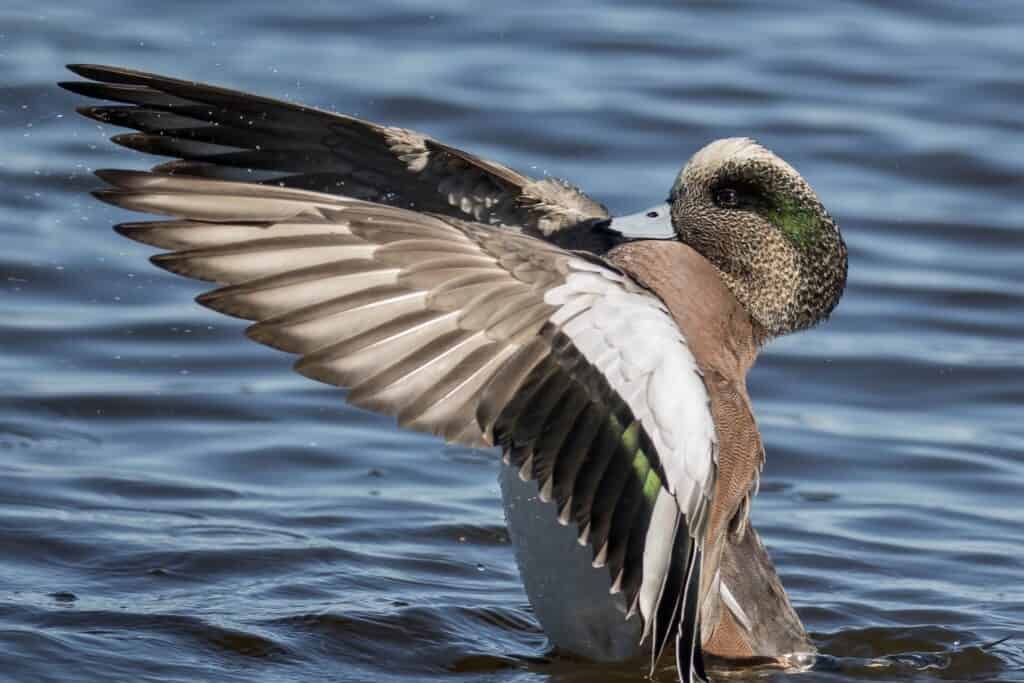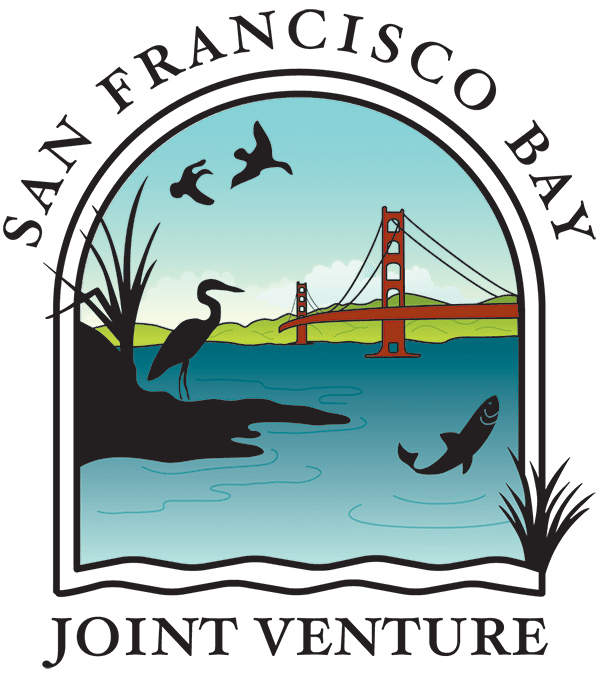
November 7, 2025
The San Francisco Bay Joint Venture and Point Blue Conservation Science have launched a new website, San Francisco Bay State of the Birds, presenting bird monitoring results, recommended actions to protect and restore bird habitat, and success stories from around the San Francisco Bay.
This new website allows restoration practitioners, public agencies, scientists, policymakers, and others to access up-to-date information and respond effectively to the pressing and rapidly evolving challenges facing birds that rely on natural areas throughout the San Francisco Bay.
Birds as Ecosystem Indicators
Birds serve as useful indicators of ecosystem health. Because birds tend to be sensitive to habitat changes and respond quickly, their population trends can alert practitioners and policymakers to problems, reveal how well ecosystems are functioning overall, and inform the degree to which conservation and restoration efforts are effective.
The SF Bay State of the Birds focuses on key bird species, called indicators, in four habitats: tidal marshes, tidal flats, subtidal zones, and non-tidal wetlands and waters. Long-term population trends in these habitats can serve as indicators of overall habitat health.
The San Francisco Estuary Partnership also recently released a new website, Our Estuary, which covers measures of estuary health across physical, ecological, and human dimensions. Their bird species-specific indicators use the same data as the SF Bay State of the Birds, with this website organized by specific habitat types.
How Are Bay Birds Doing?
The latest research paints a complex picture of habitat health in the San Francisco Bay, with many indicator species doing well, but others declining. For example, three tidal marsh indicator species (Song Sparrows, Common Yellowthroats, and Black Rails) are doing well. Wintering dabbling ducks (such as Mallards and American Wigeons) in non-tidal wetlands and waters are increasing overall. These population trends suggest these habitats are likely providing high-quality bird habitat.
In contrast, diving ducks (such as Surf Scoters and Common Goldeneyes) have declined in the open waters of the North Bay and Central Bay. Shorebirds (like sandpipers and curlews), which use tidal flats and other shallow water habitats, have decreased baywide, signaling the need for targeted actions in these habitats.
Many birds that migrate through the San Francisco Bay face challenges elsewhere along their routes as part of their lifecycle. Investing in healthy bird habitats here in the Bay Area is critical to ensure our region gives these bird populations their best possible chance to thrive while they are here.
Focused Actions Yield Measurable Results
The past two decades of habitat restoration efforts have yielded remarkable results. For example, since 2017, more than 7,800 acres have been restored around the bay due to funding from Measure AA, demonstrating what is possible when science, collaboration, and public support unite for stewardship. The website features examples of success stories where conservation actions have yielded improvements in bird abundance.
SF Bay State of the Birds identifies more than 30 specific actions to be taken to improve ecosystem health, decrease threats to bird populations, and increase our understanding of species’ needs. Ongoing funding for monitoring and science is crucial for measuring success and refining conservation efforts.
Healthy Habitats, Healthy Communities
In addition to being vital for hundreds of bird species that breed, over-winter, or migrate through the Bay Area, healthy natural habitats benefit people and communities in many ways, including by filtering pollutants out of drinking water, reducing flood risk, buffering shorelines against storm surges, and providing access to outdoor recreation.
Thank you to the California State Coastal Conservancy for providing funding for this project. To learn more about the San Francisco Bay State of the Birds, go to sfbaystateofthebirds.org.
